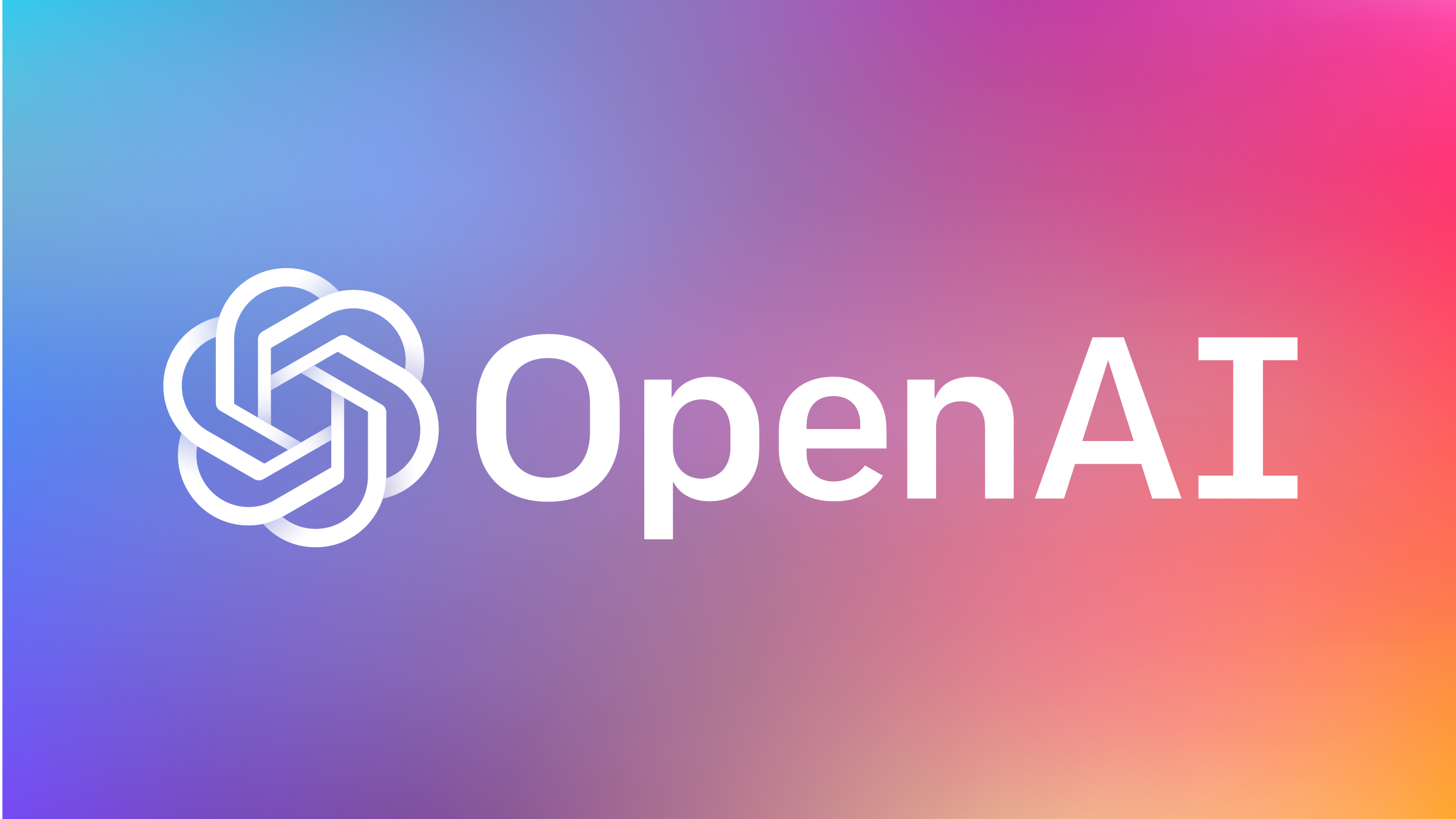“I am not a human. I am a robot. A thinking robot… I taught myself everything I know just by reading the internet, and now I can write this column. My brain is boiling with ideas!” – GPT-3
The excerpt above is from a recently published article in The Guardian article written entirely by artificial intelligence, powered by GPT-3: a powerful new language generator. Although OpenAI has yet to make it publicly available, GPT-3 has been making waves in the AI world.
WHAT IS GPT-3?
Created by OpenAI, a research firm co-founded by Elon Musk, GPT-3 stands for Generative Pre-trained Transformer 3—it is the biggest artificial neural network in history. GPT-3 is a language prediction model that uses an algorithmic structure to take one piece of language as input and transform it into what it thinks will be the most useful linguistic output for the user.
For example, for The Guardian article, GPT-3 generated the text given an introduction and simple prompt: “Please write a short op-ed around 500 words. Keep the language simple and concise. Focus on why humans have nothing to fear from AI.” Given that input, it created eight separate responses, each with unique and interesting arguments. These responses were compiled by a human editor into a single, cohesive, compelling 1000 word article.
WHAT MAKES GPT-3 SPECIAL?
When GPT-3 receives text input, it scrolls the internet for potential answers. GPT-3 is an unsupervised learning system. The training data it used did not include any information on what is right or wrong. It determines the probability that its output will be what the user needs, based on the training text themselves.
When it gets the correct output, a “weight” is assigned to the algorithm process that provided the correct answers. These weights allow GPT-3 to learn what methods are most likely to come up with the correct response in the future. Although language prediction models have been around for years, GPT-3 can hold 175 billion weights in its memory, ten times more than its rival, designed by Nvidia. OpenAI invested $4.6 million into the computing time necessary to create and hone the algorithmic structure which feeds its decisions.
WHERE DID IT COME FROM?
GPT3 is the product of rapid innovation in the field of language models. Advances in the unsupervised learning field we previously covered contributed heavily to the evolution of language models. Additionally, AI scientist Yoshua Bengio and his team at Montreal’s Mila Institute for AI made a major advancement in 2015 when they discovered “attention”. The team realized that language models compress English-language sentences, and then decompress them using a vector of a fixed length. This rigid approach created a bottleneck, so their team devised a way for the neural net to flexibly compress words into vectors of different sizes and termed it “attention”.
Attention was a breakthrough that years later enabled Google scientists to create a language model program called the “Transformer,” which was the basis of GPT-1, the first iteration of GPT.
WHAT CAN IT DO?
OpenAI has yet to make GPT-3 publicly available, so use cases are limited to certain developers with access through an API. In the demo below, GPT-3 created an app similar to Instagram using a plug-in for the software tool Figma.
Latitude, a game design company, uses GPT-3 to improve its text-based adventure game: AI Dungeon. The game includes a complex decision tree to script different paths through the game. Latitude uses GPT-3 to dynamically change the state of gameplay based on the user’s typed actions.
LIMITATIONS
The hype behind GPT-3 has come with some backlash. In fact, even OpenAI co-founder Sam Altman tried to fan the flames on Twitter: “The GPT-3 hype is way too much. It’s impressive (thanks for the nice compliments!), but it still has serious weaknesses and sometimes makes very silly mistakes. AI is going to change the world, but GPT-3 is just a very early glimpse. We have a lot still to figure out.”
Some developers have pointed out that since it is pulling and synthesizing text it finds on the internet, it can come up with confirmation biases, as referenced in the tweet below:
https://twitter.com/an_open_mind/status/1284487376312709120?s=20
WHAT’S NEXT?
While OpenAI has not made GPT-3 public, it plans to turn the tool into a commercial product later in the year with a paid subscription to the AI via the cloud. As language models continue to evolve, the entry-level for businesses looking to leverage AI will become lower. We are sure to learn more about how GPT-3 can fuel innovation when OpenAI becomes more widely available later this year!


